“People need to see these stories through a human lens,” says humanitarian photojournalist Lynsey Addario on the importance of showcasing the struggles of climate change activists. In 2015, Lynsey was named one of the five most influential photographers of the past 25 years by the American Photo Magazine. Also a Pulitzer Prize winner, she feels climate change efforts need to step up drastically. Otherwise, we’re staring at a bleak future.
It’s not hard to see the effects of climate change. As we got closer to October when I was younger, Dubai used to be pleasant, at times chilly. Rain clouds would visit us often by then, bringing much-loved showers across the end of the year. Now in 2022, I can’t seem to spend an hour outdoors in September without feeling like my energy is being sapped by the blazing sun. The skies are hazy and grey on most days, and it would seem the rain clouds are a distant dream. Even if you’re not doing much to help change the situation, it’s important not to dismiss those who are. Climate change activists in many parts of the world are even met with ridicule and hostility. Lynsey went around the world to photograph pioneering women activists in the climate field. The stories she encountered and the people she captured with her camera won her a shortlist at the 2022 Leica Oskar Barnack Award.
The Essential Photo Gear Used By Lynsey Addario
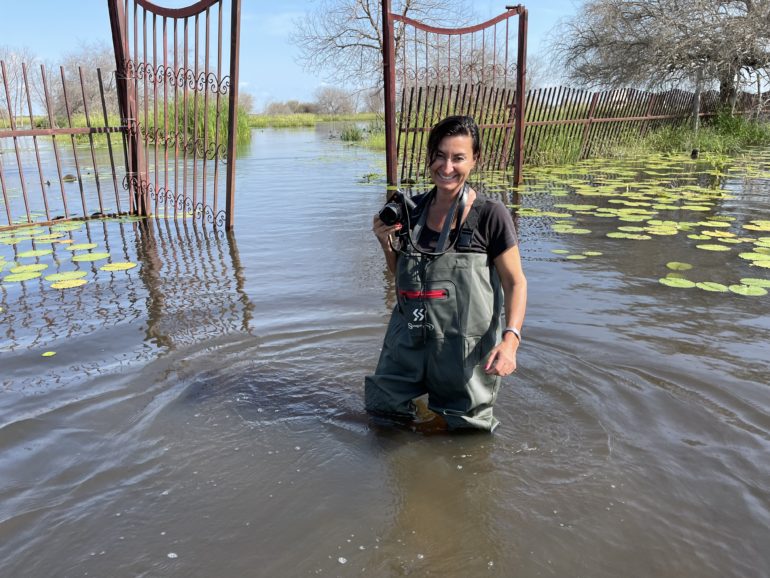
Lynsey told us:
The Phoblographer: Hi Lynsey. Congratulations on the Oscar Barnack shortlist. Please tell us about yourself and how you got into photography.
Lynsey Addario: I grew up in Connecticut, in the United States, and was raised in a very eccentric family with parents who were hairdressers and really fostered creativity. Since I was around 12 or 13 years old, I photographed as a hobby. I have always been interested in other cultures and traveling and learning about the world but didn’t realize until after completing my university degree that photojournalism was the perfect marriage of my love for photography and my passion for learning about people, issues, and storytelling through photographs.
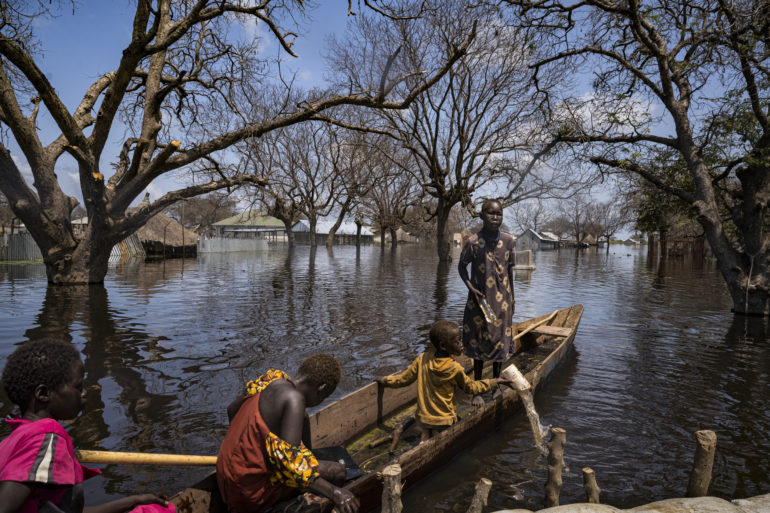
The Phoblographer: even today, Climate Change is a much-neglected topic in many parts of the world. What prompted you to make this the subject of a photo series?
Lynsey Addario: I have been gradually trying to integrate stories of climate change into my regular coverage because it is undoubtedly one of the most important topics of our time and one that affects all our lives. I have struggled with how to personalize and humanize the topic, and when I started learning about the ways in which climate change affects women and children in particular, I felt like I could effectively tell this story.
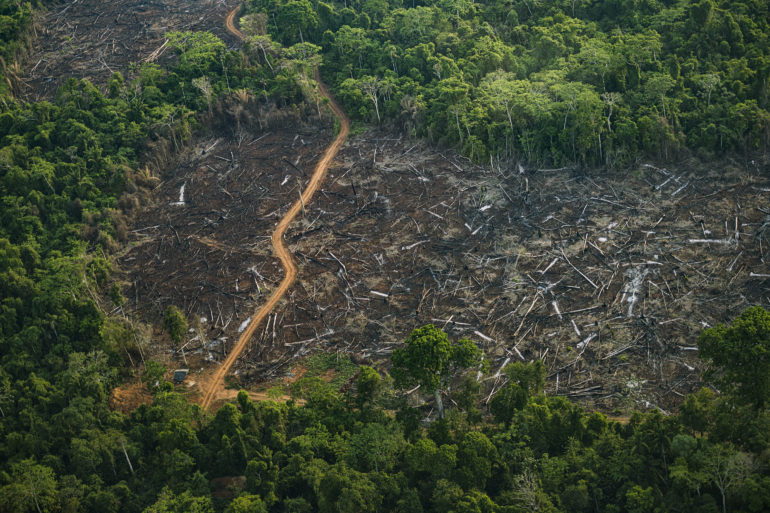
The Phoblographer: With a focus on the women championing this cause, what factors determined where you would travel to photograph the subjects?
Lynsey Addario: I researched various angles of the topic and was looking for geographic diversity, as well as visual diversity. I also wanted to portray how climate affects women and children in different ways and what locals are doing to combat the effects of climate change.
In the Amazon, I focused on how indigenous women are increasingly participating in leadership roles to fight against illegal mining and logging and becoming active in their communities and on social media; in California, I covered the increasing numbers of female firefighters helping fight wildfires in the US.
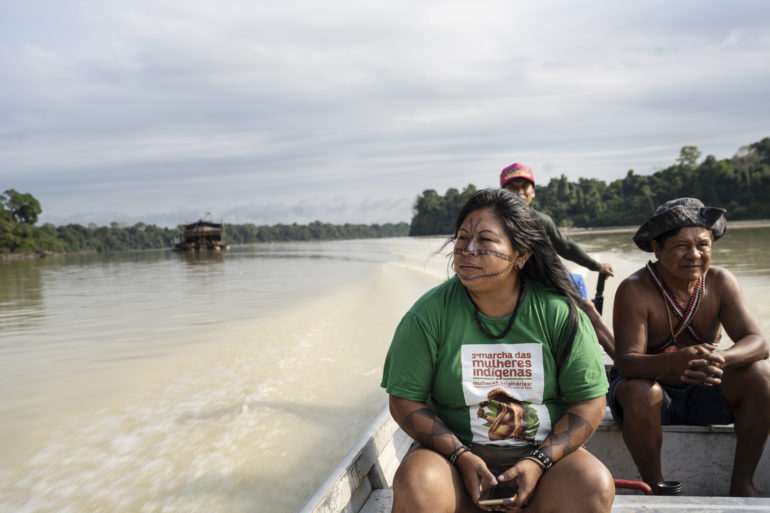
In South Sudan, I focused on how devastating flooding is affecting women’s ability to feed their children, provide adequate shelter, and from accessing prenatal and postnatal care.
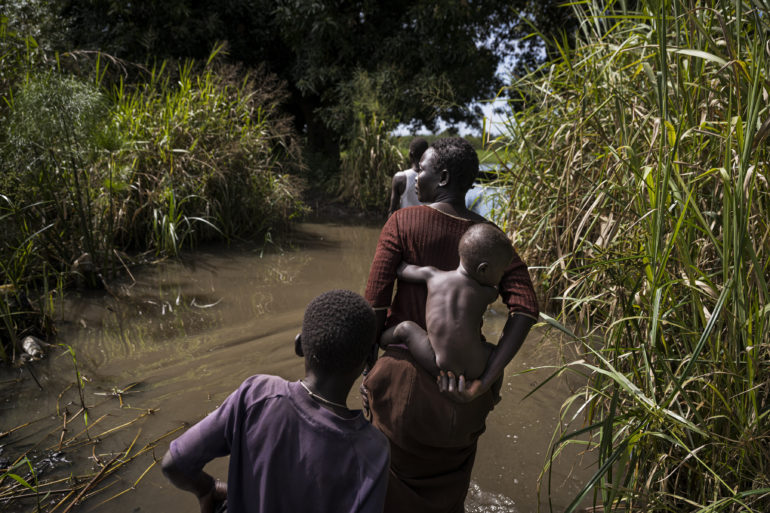
The Phoblographer: What were the most striking stories these women narrated about their efforts? Tell us a couple of your favorites please.
Lynsey Addario: Alessandra Korap from the Munduruku tribe has been so actively fighting against illegal mining and logging in the Amazon that she has death threats against her life and has already had several break-ins to her home and attempts on her life. Despite this, she continues to be incredibly active in her efforts to fight to protect the forests and rivers, and natural riches of the Amazon.
In South Sudan, I think it was just the overall desperation in Bor state amidst these record floods—the worst in six decades—which left most people displaced, without their harvest, without proper shelter.
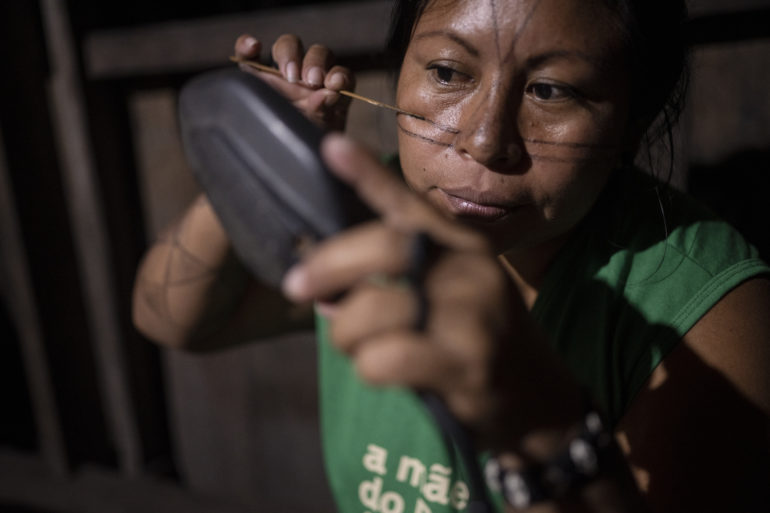
The Phoblographer: When you went alongside these women to photograph them, what were some of the qualities you focused on?
Lynsey Addario: I am always looking for examples of resilience but am also trying to show how it is often the people with the fewest resources who are affected the most by droughts and floods and the natural disasters which accompany climate change.
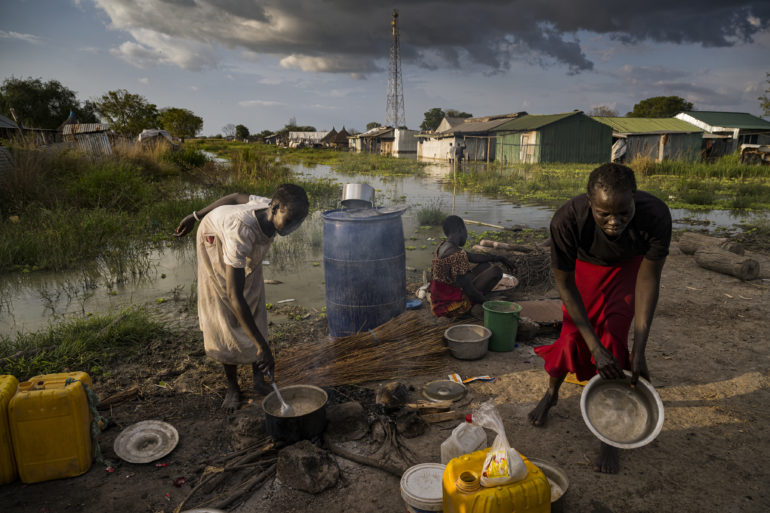
The Phoblographer: some of these locations couldn’t have been anything less than dangerous. How did it feel to battle any apprehension while taking amazing photos?
Lynsey Addario: The wildfires are definitely dangerous to cover, and it was a steep learning curve for me to learn how to cover active wildfires and take decent pictures. Luckily I was embedded with CAL FIRE and also with a very experienced videographer who covers wildfires routinely for parts of the trip, Sashwa Burrous, and they were both very instrumental in helping me navigate both the danger and my fear. The other aspect that presents a challenge is the physical aspect—there is a lot of gear, and we had to walk deep into burning forests with uneven terrain, so I had to make sure I could keep up!
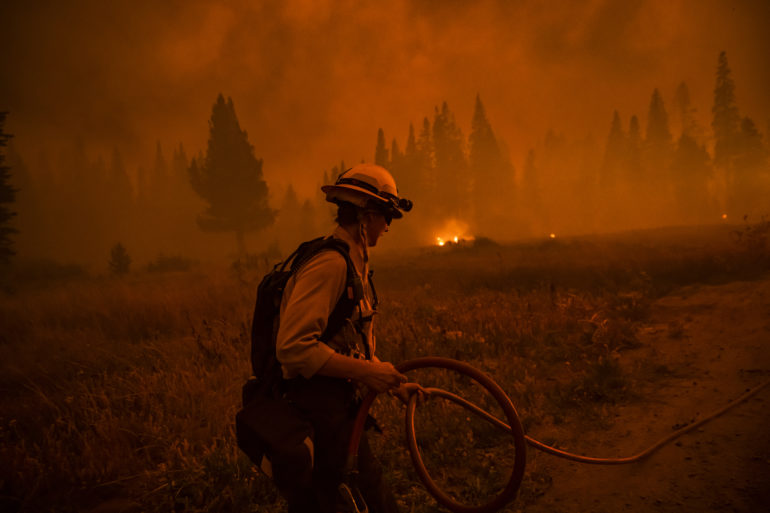
The Phoblographer: Are these women getting sufficient support from relevant authorities for their combative efforts?
Lynsey Addario: I am not sure I can answer that.
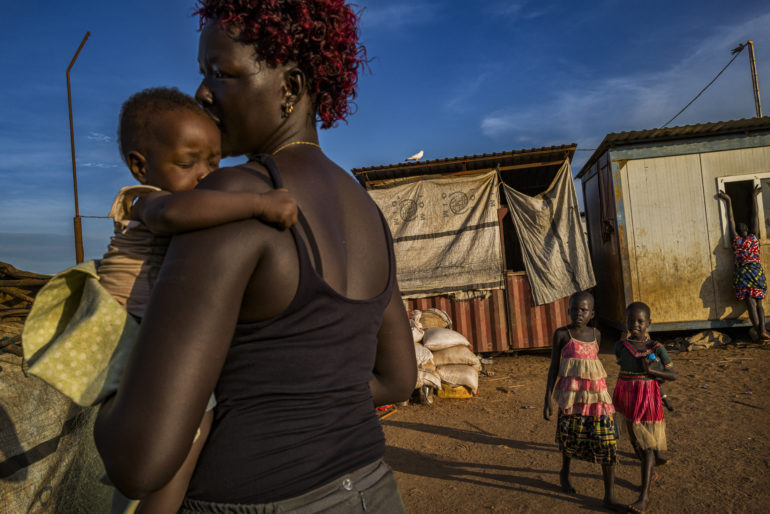
I carry a 70-200mm if I am covering war or news, just in case I need a long lens. I always have a Leica Q2 in my purse or in my camera bag in case I want something more discreet.
The Phoblographer: Are we soon fighting a losing battle if we don’t step up our efforts?
Lynsey Addario: Yes, I think based on everything scientists are telling us, definitely. We are already seeing the devastating effects of climate change, and people are still resistant to taking the necessary steps to mitigate the effects.
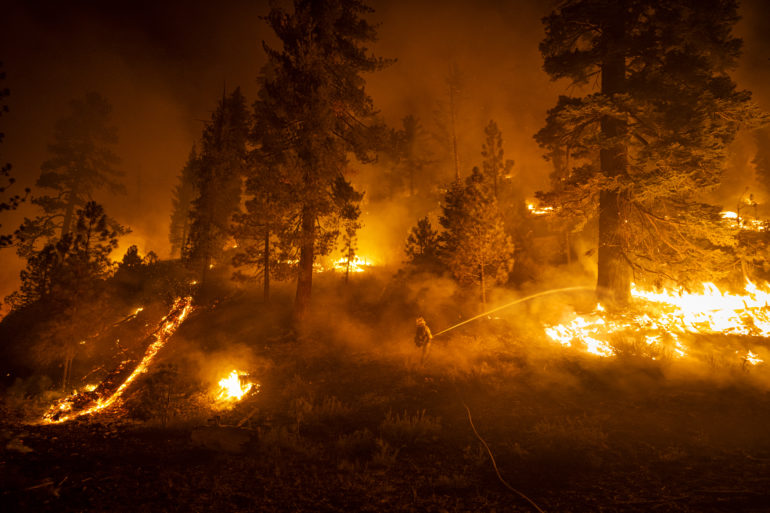
The Phoblographer: What is the single biggest thing we can do as photographers to spread awareness about climate change?
Lynsey Addario: I think we can continue doing these stories that show the effects of climate change on the environment and on populations around the world. People need to see these stories through a human lens, through a lens that helps show the impact that is happening here and now.
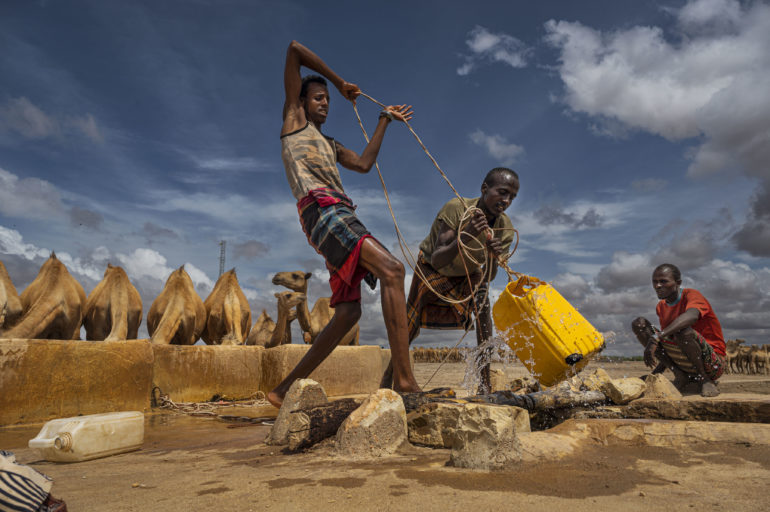
All images by Lynsey Addario. Used with permission. Visit her website and her Instagram page to see more of her photojournalism. Want to be featured? Click here to find out how.


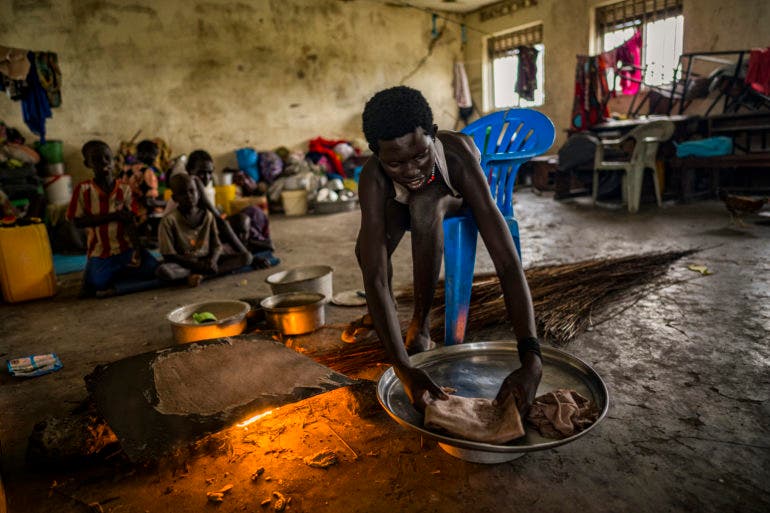
Leave a Reply